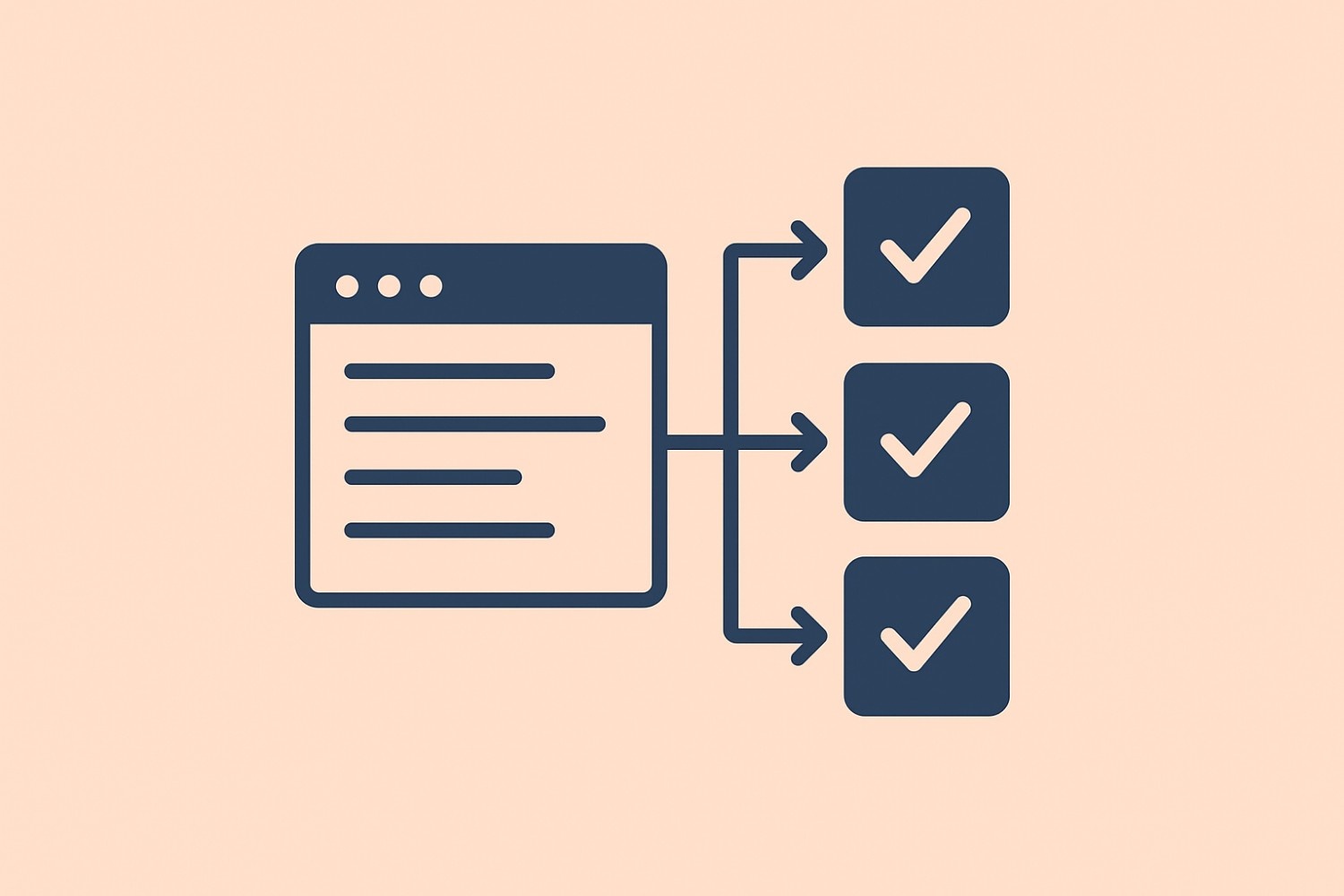Table of content
SHARE THIS ARTICLE
Is this blog hitting the mark?
Contact Us
Table of Contents
- Main Takeaway
- Strategies to Mitigate Maintenance Burden
- Conclusion
Main Takeaway:
While test automation promises faster releases and higher software quality, organizations often overlook the ongoing maintenance costs that can erode ROI, delay releases, and damage user trust. Recognizing and planning for these hidden expenses is crucial to sustainable, high-impact automation.
1. Accumulating Test Debt
Over time, automated test suites can swell to 20,000–30,000 test cases, many of which become obsolete or redundant as applications evolve. Hardcoded values and brittle scripts exacerbate this debt, making updates time-consuming and error-prone. Without regular pruning and refactoring, maintenance efforts compound, slowing down regression cycles and inflating costs.
2. Flaky and Fragile Tests
Flaky tests—those that pass or fail unpredictably—are not merely an annoyance; they carry significant hidden costs:
- Investigation Overhead: Every failed pipeline requires manual investigation, averaging $5.67 per incident in one industrial study.
- Repair and Monitoring: Repairing flaky tests consumed 1.3% of developers’ productive time, while building monitoring tools added another 0.1%.
Collectively, dealing with flaky tests represented at least 2.5% of total developer effort in a large‐scale project.
3. Tooling and Infrastructure Expenses
Selecting and maintaining the right tools is critical but costly:
- License and Integration Costs: Annual support and compatibility management can run 10–20% of initial license fees.
- Environment Management: Provisioning consistent, containerized test environments demands infrastructure investments and dedicated platform teams, driving up execution costs and overhead.
4. Longer Release Cycles
As test suites grow unchecked, execution times extend dramatically, delaying CI/CD pipelines. One enterprise reduced its regression cycle from six weeks to two by decomposing monolithic suites into reusable modules and purging redundancies. Without such measures, prolonged testing cycles hinder agility and time-to-market.
5. Hidden Human Costs
- Context Switching: Engineers diverted to maintenance tasks face productivity fragmentation, shifting focus from feature development.
- Team Morale and Knowledge Silos: Poor handovers and lack of documentation lead to “tribal knowledge,” causing onboarding delays and increased defect leakage when team members transition roles.
6. Defect Leakage and Reputation Risk
Outdated tests can miss critical bugs, allowing defects to slip into production. This leakage not only degrades user experience and brand trust but also incurs higher post-release remediation costs—often several times more than fixing issues during development.
Also Read: How We Catch the More Bugs At QAble
Strategies to Mitigate Maintenance Burden
A. Plan for Maintenance from Day One
Incorporate maintenance processes, cost estimates, and governance metrics into your automation strategy at project inception. Treat test maintenance as a continuous commitment, not a one-off task.
B. Modularize and Optimize Test Suites
Break tests into small, reusable modules. Conduct quarterly audits to identify and retire 15% or more of redundant cases, as demonstrated by high-performing teams.
C. Leverage Smart Tooling
Choose tools with self-healing locators, centralized object repositories, and AI/ML-driven maintenance features. Prioritize solutions that align with your technology stack and long-term scalability needs.
D. Enforce Standards and Governance
Implement coding standards, version control for test scripts, and clear documentation practices. Establish a governance forum to review test health metrics and enforce best practices across teams.
E. Invest in Training and Collaboration
Foster a “user-first” mindset by encouraging testers to think like end users. Provide regular training on new frameworks and techniques to reduce reliance on individual experts and break down silos.
F. Adopt Frugal Automation
Embrace a lean approach that balances automation coverage with maintenance overhead. Optimize resource consumption and carbon footprint by targeting high-value test scenarios and leveraging on-demand execution environments.
Conclusion:
Test automation delivers undeniable benefits, but only when organizations acknowledge and actively manage the hidden costs of maintenance. By planning proactively, modularizing test assets, enforcing governance, and investing in intelligent tooling and training, teams can transform maintenance from a burdensome chore into a strategic advantage—ensuring that automation remains a source of speed, quality, and cost-effectiveness.
Discover More About QA Services
sales@qable.ioDelve deeper into the world of quality assurance (QA) services tailored to your industry needs. Have questions? We're here to listen and provide expert insights


Viral Patel is the Co-founder of QAble, delivering advanced test automation solutions with a focus on quality and speed. He specializes in modern frameworks like Playwright, Selenium, and Appium, helping teams accelerate testing and ensure flawless application performance.
.svg)














.webp)
.webp)
.png)
.png)











.png)



.png)

.png)

.png)



















.webp)

